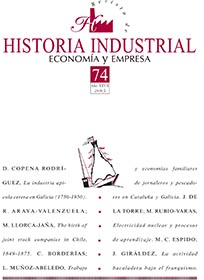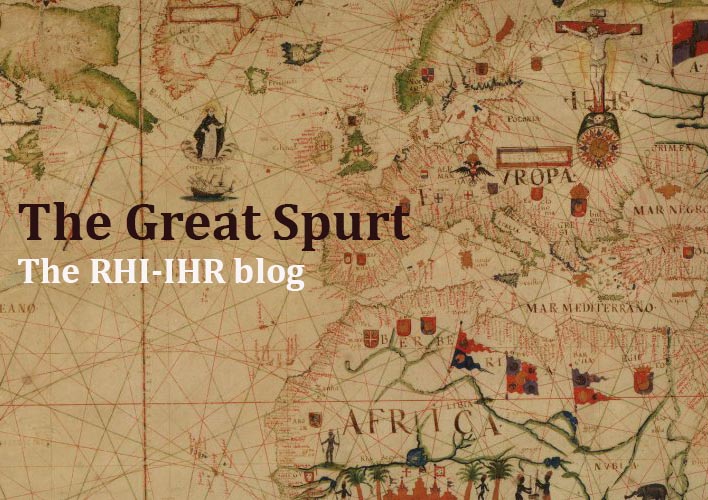Who put bread on the table in the Spain of 1924? Work and family economics of day labourers and fishermen in Catalonia and Galicia
DOI:
https://doi.org/10.1344/rhi.v27i74.19921Keywords:
women’s activity, wages, gender gap, household budgetsAbstract
Data on wages and living standards in Spain suggest that at least until the 1920s male wages were insufficient to cover the economic needs of families. We also know that female labour participation rates were very high. The question, still unresolved, is whether these were due to employment opportunities or the inadequacy of male wages. The scarcity of data is one of the reasons for the persistence of this debate: wages series are not disaggregated by gender in the long term, there are discontinuities in wages data, and there are few family budgets available. Based on an analysis of the Municipal Population Census of 1924, this article provides new evidence related to female activity rates, the contribution of all household members to family income, and the expenses of working families in two regions with very different models of economic development: Catalonia and Galicia.
Downloads
Downloads
Published
How to Cite
Issue
Section
License
We have been applying a Creative Commons Attribution license (CC-BY) since 2019, before that year we had a partial open access policy, which included open access for the first two months after publication, followed by an embargo policy for non-subscribers, as access to the last 4 published issues was restricted to journal subscribers. In contrast, early-view articles were always open access prior to publication in an assigned volume. Until 2024 the access to the last 4 published numbers was restricted to those who were subscripted to the journal.
The author assigns all rights to the publisher. Creative Commons
The author who publishes in this journal agrees to the following terms:
- The author assigns all intellectual property rights exclusively to the publisher for the entire duration of the applicable intellectual property rights. The University of Barcelona holds the copyright ownership of the contents published in the journal.
- The publisher will distribute the texts under the Creative Commons Attribution License, which allows others to share the work, provided that they acknowledge the authorship, its initial publication in this journal, and the conditions of the license.





